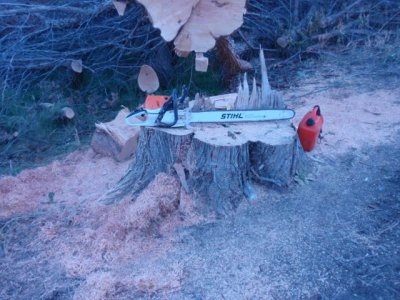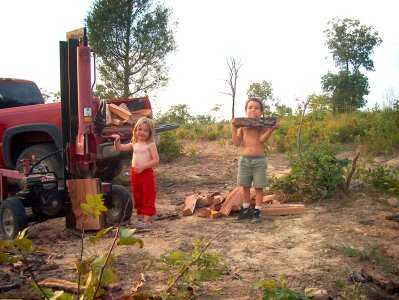Dave
Well-known member
We have plenty of junipar to cut for fire wood. We couldn't begin to burn it all in a life time. The problem is that it has limbs as big as my leg. Splitting by hand is out of the question. Renting a splitter cost a lot and it is an hour each way to get it and take it back. That 2 hours counts against the rent time. Neighbor has one he lets people use. But too many neighbors borrow it. It was December by the time we got it and I had to do repairs to it. It doesn't like to start when cold. It has been cold. I have decided that I need to go buy a splitter.


